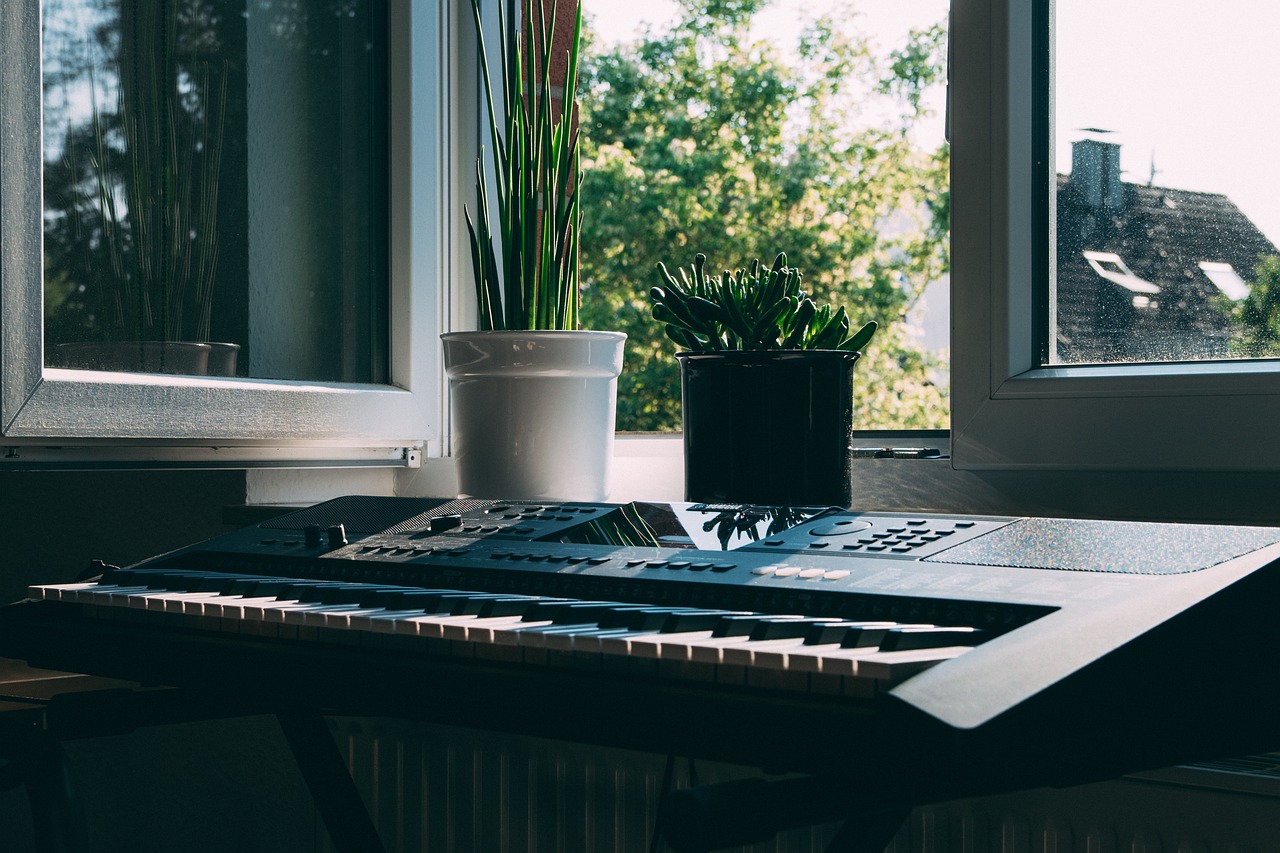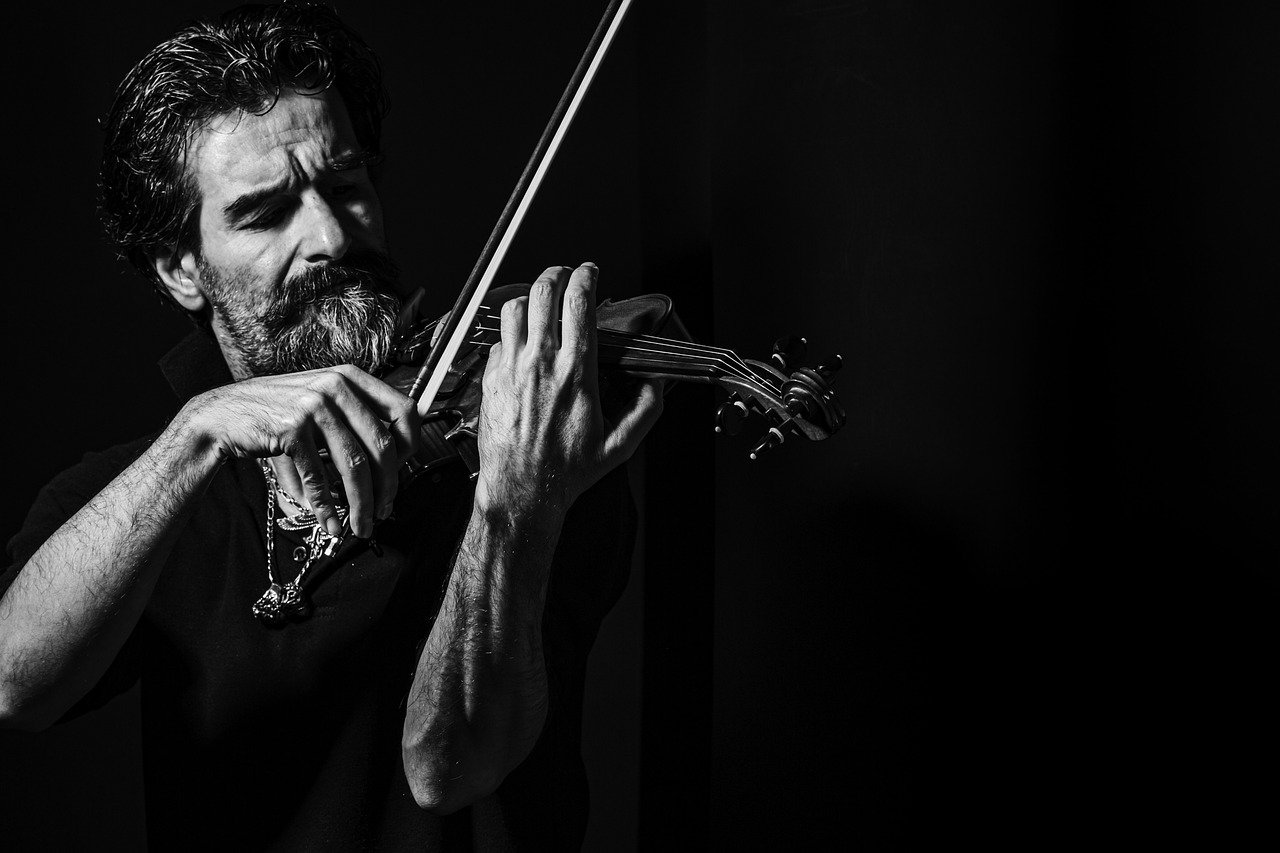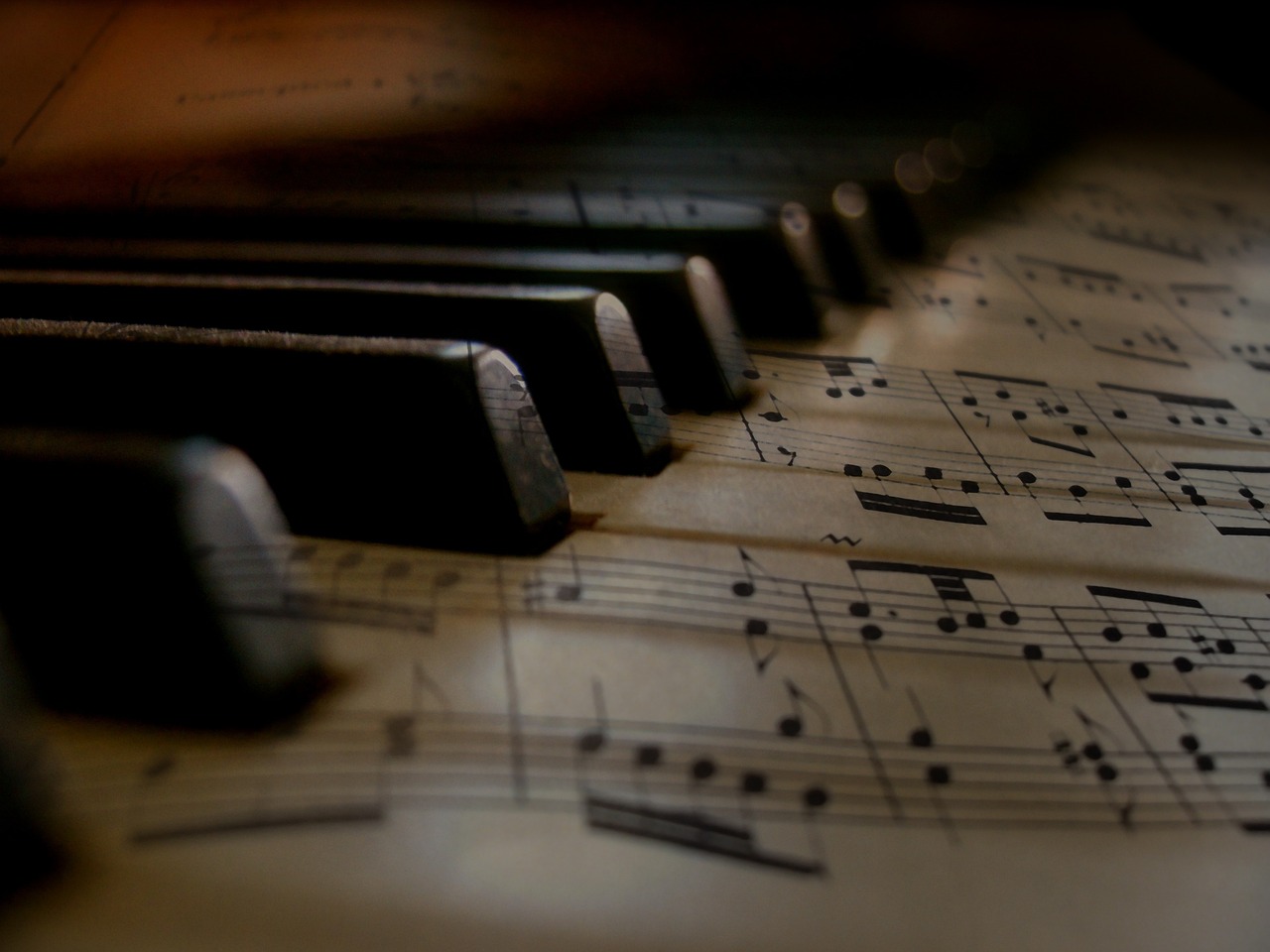Music composition is a magical journey that blends artistry, emotions, and technical skill to create something truly unique and captivating. It’s the process of crafting melodies, harmonies, rhythms, and textures to express thoughts, feelings, and ideas through the language of sound. Whether you’re an aspiring composer or simply curious about the creative process behind the music you love, this article will take you on a captivating exploration of music composition.
1. The Language of Music
Music, as a language, communicates with our hearts and minds in a way that words often cannot. Like any language, it has its own grammar, syntax, and vocabulary. Melody, rhythm, harmony, and dynamics are the building blocks of this language, and a skilled composer can manipulate them to create an emotional journey for the listener.
2. The Sparks of Inspiration
Music compositions often begin with a spark of inspiration. This inspiration can strike like lightning, sparked by a personal experience, an emotion, a landscape, or even a dream. Many composers keep a journal or a digital notepad to capture these fleeting moments of inspiration, which can serve as seeds for future compositions.
3. Cultivating Creativity
Creativity is the lifeblood of music composition. To nurture and enhance it, composers engage in various practices like improvisation, exploring new musical styles, studying other composers, and experimenting with different instruments and sounds. Taking risks and pushing boundaries can lead to breakthroughs and novel musical ideas.
4. Finding Your Voice
Developing a unique musical voice is a defining aspect of a composer’s journey. Emulating the great masters is an essential part of learning, but it’s equally important to add your personal touch and perspective to the music. As you compose more, you’ll find patterns, motifs, or harmonic progressions that resonate with you, forming the foundation of your distinctive musical identity.
5. The Blank Canvas
When beginning a composition, the blank canvas can be both exciting and daunting. Some composers prefer to start with a melody or a simple chord progression, while others might explore rhythmic patterns first. The blank canvas is a vast playground where experimentation and artistic expression intertwine.
6. The Art of Structure
While creativity thrives in the realm of the abstract, structure provides the necessary framework for a cohesive musical composition. Understanding musical forms such as sonata-allegro, rondo, or ternary form can guide a composer in shaping their piece and providing a sense of direction for the listener.
7. Harmony and Melody
Harmony and melody are the heart and soul of any composition. Harmony is the vertical aspect of music, comprising chords and how they interact, while melody is the horizontal aspect, representing the sequence of single notes that weave a musical narrative. Balancing these elements is crucial to create an engaging and emotionally impactful composition.
8. The Importance of Revision
Writing music is often a process of refining and revising. Rarely does a piece come out perfectly on the first try. Composers may find themselves reworking melodies, reharmonizing sections, or adjusting the overall structure to achieve their artistic vision. Embracing the revision process is essential for growth and improvement.
9. Collaboration and Performance
Music composition doesn’t exist in a vacuum. Collaboration with other musicians, performers, or even conductors can add new dimensions to a piece. A composer’s work truly comes to life when performed, allowing for a deeper understanding of the music’s impact on the audience and offering valuable insights for future compositions.
Conclusion
Music composition is a profound and fulfilling journey that melds creativity, emotion, and skill into harmonious expressions. It is a personal exploration that connects composers with themselves and their audiences, transcending barriers and touching the hearts of listeners. By understanding the language of music, nurturing creativity, finding one’s voice, embracing structure, and being open to collaboration, composers can unlock the gateway to an enchanting world of melodic possibilities. So, whether you’re an aspiring composer or a fervent music enthusiast, let the art of music composition take you on an ever-evolving odyssey of melodic creativity.










